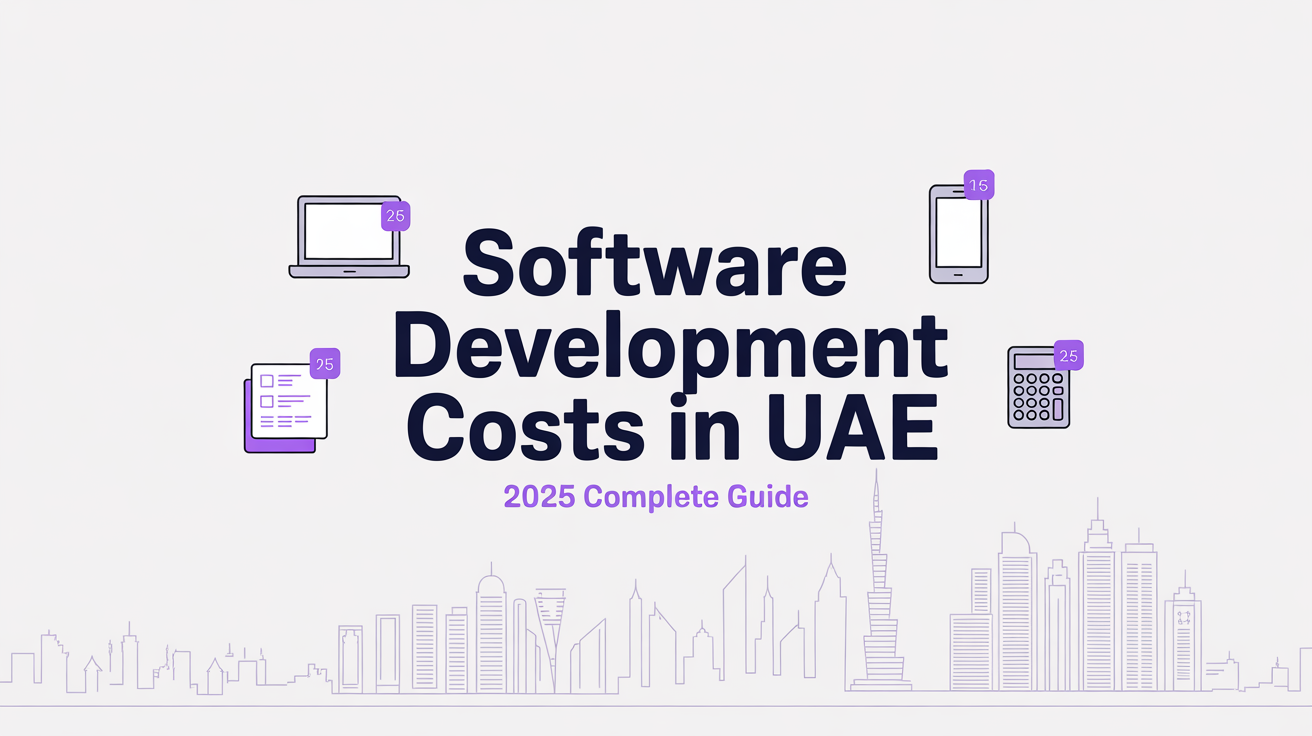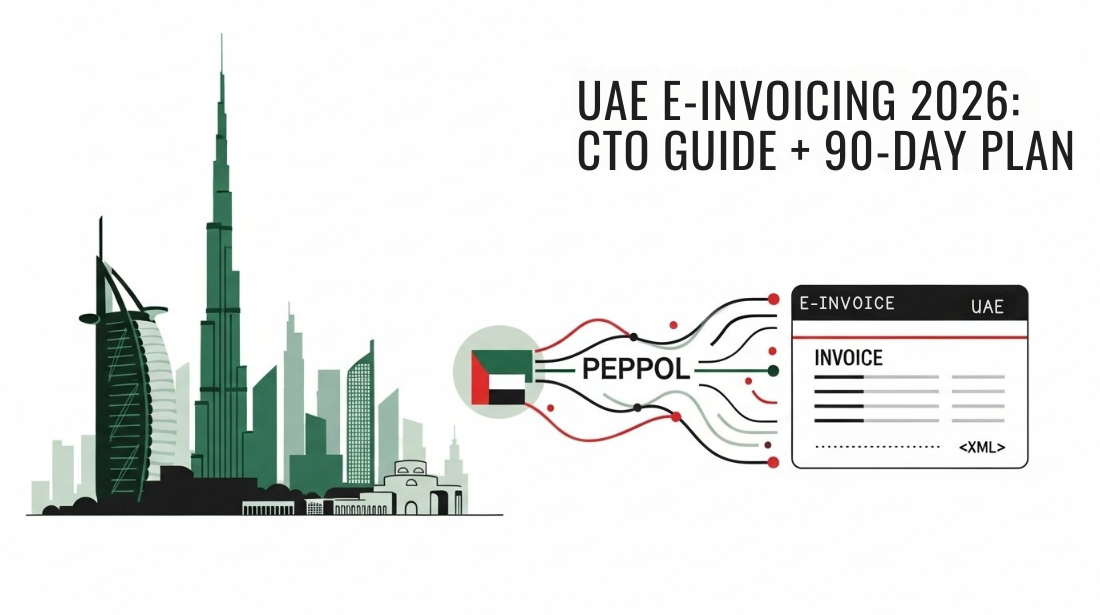
From MVP to Scalable Platform: 7 Lessons We’ve Learned Building Custom Solutions
When you first build a product, it starts small—just enough to test an idea. But turning that MVP into something stable, useful, and scalable takes more than just adding features.
Through our experience building custom solutions for different clients and use cases, here are 7 key lessons we’ve learned that can help anyone going from idea to long-term platform.
1. Start Simple — Focus on One Core Problem
In the beginning, it’s easy to try solving everything at once. But the best MVPs do one thing well.
What we learned:
You don’t need a full product. You need a working example of your idea, something people can try, use, and give feedback on.
👉 Build the smallest version of the idea that delivers real value.
2. Build for Learning, Not Scaling (At First)
It’s tempting to make things “future-proof” from day one. But early on, your goal should be speed and testing, not scale.
What we learned:
You don’t need the perfect system, you need something you can change quickly based on what users say or do.
👉 Stay flexible. Use simple tools. Improve as you go.
MVP to Platform Journey
Discover the essential lessons that transform innovative ideas into scalable platforms through interactive exploration
Begin Your Transformation Journey
Click on any stage above to unlock the strategic insights and proven methodologies that turn minimal viable products into industry-leading platforms.
MVP Stage
Build with precision, focus on core value, and validate your vision efficiently
Start Simple — Focus on One Core Problem
In the beginning, it's easy to try solving everything at once. But the best MVPs do one thing well. You don't need a full product. You need a working example of your idea—something people can try, use, and give feedback on.
Learning Stage
Prioritize rapid iteration and user insights over perfect architecture
Build for Learning, Not Scaling (At First)
It's tempting to make things "future-proof" from day one. But early on, your goal should be speed and testing, not scale. You don't need the perfect system—you need something you can change quickly based on what users say or do.
Listen to Real Users Early
You only really know what works after people use the product. Their feedback shows you what matters most. The best insights come from real usage—not guesses. Watching what users do (or don't do) helps you improve fast.
Growth Stage
Balance technical debt with monitoring as your user base expands
Technical Shortcuts Are Fine — Just Track Them
To move fast, you might cut corners. That's okay—as long as you know where you cut them. Problems grow if you ignore them. It helps to note down quick fixes or "temporary" decisions so you can revisit them later.
Add Basic Monitoring Early
When things go wrong, you need to know—before users tell you. Even basic tracking can help spot errors or confusion. It makes support easier and helps improve the product faster.
Scale Stage
Create sustainable systems that support both technology and team growth
Make the Product Easy to Work On (Not Just to Use)
As products grow, new people join in—developers, designers, or support teams. Things need to be clear and easy to understand. Clean structure, clear names, and notes about how things work go a long way.
Scaling Is More Than Code
Growth brings new needs—better onboarding, support, pricing, and even communication inside the team. Scaling isn't just a technical job. It's about improving how the whole system works—both the product and the people behind it.
3. Listen to Real Users Early
You only really know what works after people use the product. Their feedback shows you what matters most.
What we learned:
The best insights come from real usage, not guesses. Watching what users do (or don’t do) helps you improve fast.
👉 Keep feedback loops short and easy. Ask simple questions like “What’s missing?”
4. Clear Structure Saves Time Later
As you add more features, it becomes harder to keep things organized. If you don’t plan for this, small changes can become painful.
What we learned:
Having a clean folder structure, naming rules, and clear logic early on makes development faster and easier to maintain as the product grows.
👉 Think about future you, or future team members. Make things easy to understand, not just easy to ship.
5. Add Basic Monitoring Early
When things go wrong, you need to know, before users tell you.
What we learned:
Even basic tracking can help spot errors or confusion. It makes support easier and helps improve the product faster.
👉 Start small with error tracking or user behavior tools. Even a simple log helps.
6. Make the Product Easy to Work On (Not Just to Use)
As products grow, new people join in, developers, designers, or support teams. Things need to be clear and easy to understand.
What we learned:
Clean structure, clear names, and notes about how things work go a long way.
👉 Document just enough so others don’t get lost. It saves time later.
7. Scaling Is More Than Code
Growth brings new needs, better onboarding, support, pricing, and even communication inside the team.
What we learned:
Scaling isn’t just a technical job. It’s about improving how the whole system works, both the product and the people behind it.
👉 As the product grows, improve the way you work, not just the software.
Final Thoughts
Going from MVP to a scalable platform isn’t one big step, it’s a series of small, thoughtful decisions. These lessons helped us shape better solutions for the people we build for, and we hope they help you too.
Start simple. Learn fast. Grow with purpose.



